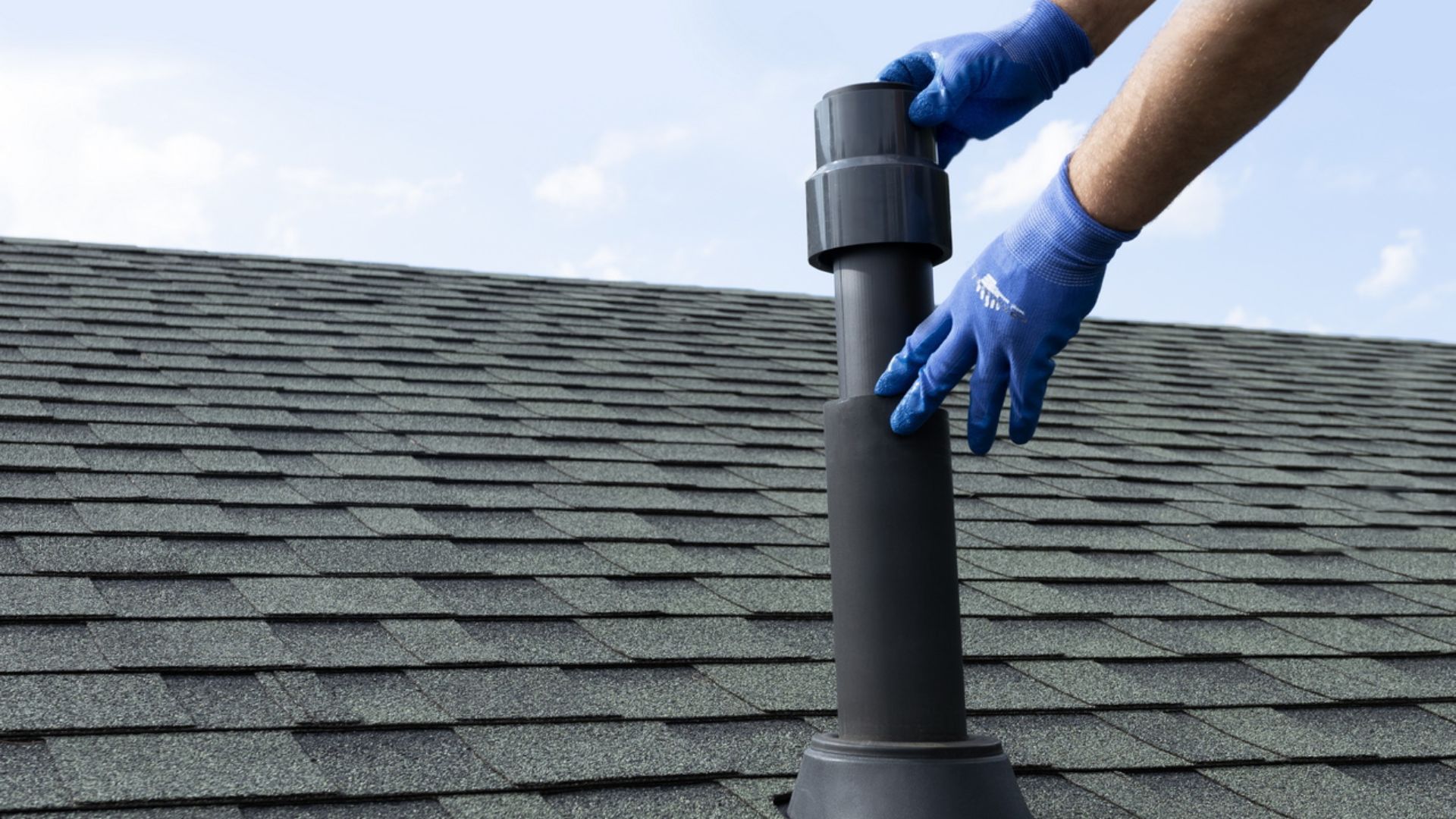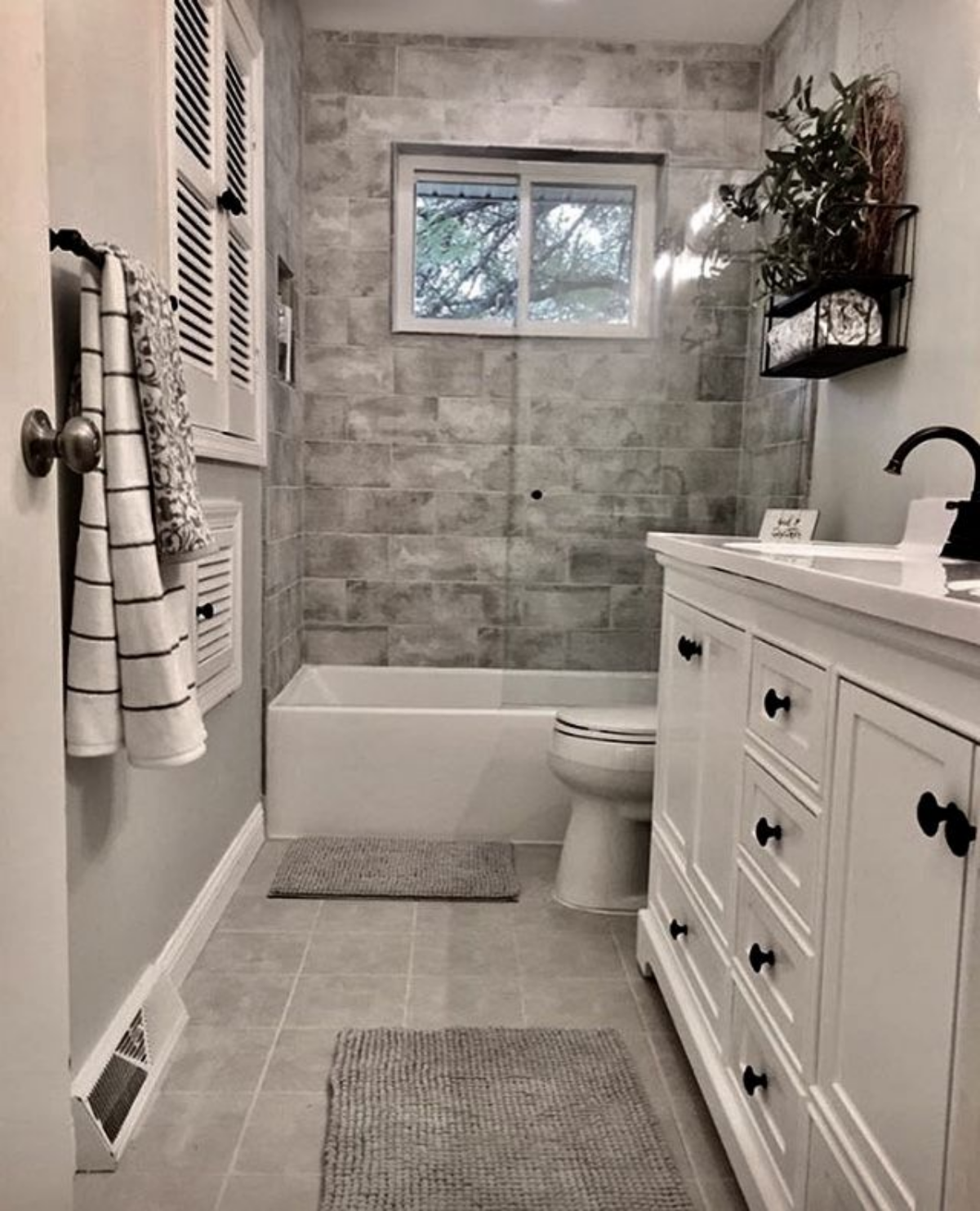How Adequate Ventilation Safeguards Your Plumbing System
How Adequate Ventilation Safeguards Your Plumbing System
Blog Article
Any individual will have their own opinion on the subject of What Are Plumbing Vents and Why Are They Important?.

Appropriate air flow in plumbing systems is frequently ignored, yet it is critical for keeping the capability and safety and security of your home's plumbing. Air flow assists control atmospheric pressure, avoid the buildup of dangerous gases, and make certain the reliable elimination of waste. In this guide, we will discover the value of correct plumbing air flow, exactly how it functions, and the advantages it brings to your pipes system.
Understanding Ventilation in Pipes
Ventilation in plumbing refers to the network of pipes that enable air to flow with the drainage system. These vents serve multiple objectives, consisting of regulating air pressure within the pipelines, stopping sewage system gases from entering the home, and helping in the smooth circulation of wastewater.
Just How Ventilation Works in Plumbing Solutions
Atmospheric Pressure Regulation
Correct ventilation keeps well balanced air pressure within the pipes system. When water streams via pipelines, it displaces air. Without adequate ventilation, this variation can produce negative stress, leading to slow drains or siphoning of water from traps, which can create unpleasant smells to leak right into the home.
Protecting Against Drain Gas Build-up
One of the most vital functions of plumbing vents is to avoid drain gases, such as methane and hydrogen sulfide, from accumulating within the home. These gases can pose severe health risks and are very flammable. Vent pipes permit these gases to escape safely outdoors.
Assisting in Waste Elimination
Ventilation helps in the effective removal of wastewater by preventing airlocks in the drain system. When air can stream easily with the vents, it enables water and waste to stream smoothly with the pipes, minimizing the danger of clogs and back-ups.
Kinds Of Plumbing Vents
Key Heap Vent
The primary stack air vent, likewise referred to as the vent pile, is the main vent in a plumbing system. It extends from the main drainpipe line up with the roofing system, allowing gases to leave and fresh air to go into the system.
Branch Vent
Branch vents attach to the primary pile vent and serve private components, such as sinks, commodes, and showers. These vents make sure that each fixture has ample ventilation to work properly.
Air Admittance Shutoff (AAV).
An Air Admission Shutoff (AAV) is a one-way shutoff that allows air to enter the pipes system without the demand for a traditional vent pipe prolonging with the roofing system. AAVs are typically used in renovations or areas where setting up a common vent is impractical.
Signs of Poor Air Flow in Pipes.
Slow Draining Fixtures.
If your sinks, tubs, or bathrooms are draining gradually, maybe an indication of bad air flow. Inadequate air circulation can create a vacuum effect, making it challenging for water to drain pipes properly.
Gurgling Sounds.
Gurgling audios originating from drains pipes are frequently an outcome of air being sucked via water traps due to unfavorable pressure in the pipelines. This is a clear sign of insufficient air flow.
Undesirable Odors.
Sewer smells inside your home are a red flag that your plumbing system is not correctly aerated. This can mean that sewage system gases are not being effectively vented outside, resulting in possibly hazardous problems.
Usual Ventilation Mistakes.
Insufficient Vent Sizing.
Utilizing undersized vent pipes can bring about bad air circulation and pressure discrepancies in the system. It's necessary to make use of vents that fulfill the certain needs of your pipes system.
Improper Vent Placement.
Placing vents too much from the fixtures they serve can lower their performance. Proper positioning makes sure that air can flow openly and successfully through the system.
Disregarding Code Requirements.
Building ordinance supply certain guidelines for plumbing air flow. Neglecting these codes can lead to a system that falls short to function appropriately and may cause expensive repairs or carcinogen.
Advantages of Appropriate Air Flow.
Boosted System Efficiency.
Effectively ventilated pipes systems run more efficiently, with fewer clogs, faster draining, and less stress on the pipes. This efficiency extends the lifespan of the plumbing system.
Improved Air Quality.
By stopping drain gases from entering your home, proper ventilation adds to much better interior air top quality, making your living setting healthier and extra comfortable.
Protecting Against Water Damage.
Sufficient air flow helps avoid water from being siphoned out of traps, which can result in drain gases entering the home and triggering water damages with time.
Steps to Ensure Proper Air Flow.
Consulting Plumbing Codes.
Constantly seek advice from local plumbing codes when developing or changing your plumbing system. These codes supply the necessary standards for correct venting and ensure your system satisfies safety and security standards.
Routine Examination and Upkeep.
Normal evaluations can assist determine prospective air flow concerns prior to they come to be significant issues. Upkeep jobs, such as cleaning up air vent pipes and checking for blockages, are essential for maintaining the system in good working order.
Professional Setup.
For new installations or significant alterations, it's wise to work with an expert plumbing. They have the expertise to guarantee the ventilation system is properly designed and mounted according to code.
Conclusion.
Appropriate ventilation is a crucial part of any type of pipes system, making sure that it functions effectively and safely. By comprehending the relevance of ventilation, acknowledging the indicators of poor ventilation, and taking steps to keep your system, you can protect against expensive problems and shield your home's air top quality.
4 Things You Should Know About Your Plumbing Vents
What Plumbing Vents Are
Also called a vent stack, a plumbing vent is a vertical pipe attached to your drain line that runs through your roof. The plumbing vent pipe, or plumbing air vent, removes gas and odors from your plumbing system and allows fresh air to enter the pipes, helping the water to flow out of the drain pipes.
What Plumbing Vents Do
Plumbing vents have two basic functions. One of which is to allow unpleasant smelling wastewater and sewer gasses to escape your plumbing system instead of entering your home. Plumbing vent pipes are typically located on roofs, away from windows, to ensure the fumes exit the home completely.
The other function of the plumbing vent is to move fresh air into your plumbing system. This helps move water through every plumbing fixture in your house, like toilets and sink drains. Think of the way in which you need to let a little air into the bottle as you pour soda in order to make the drink flow smoothly.
Different Types of Plumbing Vents
True vent: This is the most common vent option. In simplest terms, a true vent is a vertical pipe attached to your drain line that exits through the roof. They often function as the main vent that other fixtures can connect to. Re-vent pipe or auxiliary vent: Attached to the drain line near specific plumbing fixtures, re-vent pipes run up and over to connect to the main vent. Common vent: Two plumbing fixtures installed on opposite sides of a wall are typically tied into the vent stack using something known as a sanitary cross. Wet vent: This venting option operates as a drain pipe and a vent at the same time. Wet vent drainage systems drain water from one fixture while venting the air from another. Although they’ve been used for over 100 years, wet vent systems have only recently been added to the plumbing code in many areas. If you’re planning on installing one in a bathroom remodel, make sure you check your local code prior to construction. Loop vent: For free-standing fixtures like kitchen island sinks, loop vents are ideal. These vent pipes run under the floor, rise from the P-trap, and create a loop inside the cabinet sink. Air admittance valve: An AAV is a one-way mechanical valve typically installed at the site of the plumbing fixture. AAVs allow venting to occur without having to tie into a larger venting system. They’re ideal for venting fixtures where you aren’t able to easily connect to an existing vent system. Common Plumbing Vent Issues
Although vent pipes typically don’t have water flowing through them, they’re still subject to many typical plumbing issues. For example, clogs are one of the most common problems associated with sewer vent pipes. If your vent pipe gets clogged, all of your plumbing fixtures tied into the vent stack will be affected.
A sink with a slow drain that bubbles and gurgles or a strong sewage smell around your toilet are both indicators that your toilet vent pipe is clogged. Because most vent pipes exit through the roof, old leaves, twigs or even a bird’s nest could be clogging the pipe.
Clogs in your vent pipe system cause a buildup of negative pressure, meaning that water won’t be able to flow out of your home very well. It’s similar to putting your finger over the opening of a straw to trap water inside. When you remove your finger, the water is able to flow out of the straw.
If you suspect you have any blockage in your vent, make sure you have a professional come examine the situation. Left unchecked, a blocked air vent can lead to other costly repairs, like leaks and sediment buildup.
Under Pressure
Pipe vents are essential aspects of a home’s plumbing system. Owning a home means learning about all sorts of things you never put much thought into before. But by understanding as much as you can about the important systems of your home, you can keep those budgets intact and those anxiety levels low.
https://www.homeserve.com/en-us/blog/home-improvement/plumbing-vents/

I was guided to that article on Essential Plumbing Vent Pipes: Understanding Their Role through a good friend on our other web property. Appreciated our write-up? Please share it. Let other people find it. We thank you for your readership.
Automated Marketing Report this page